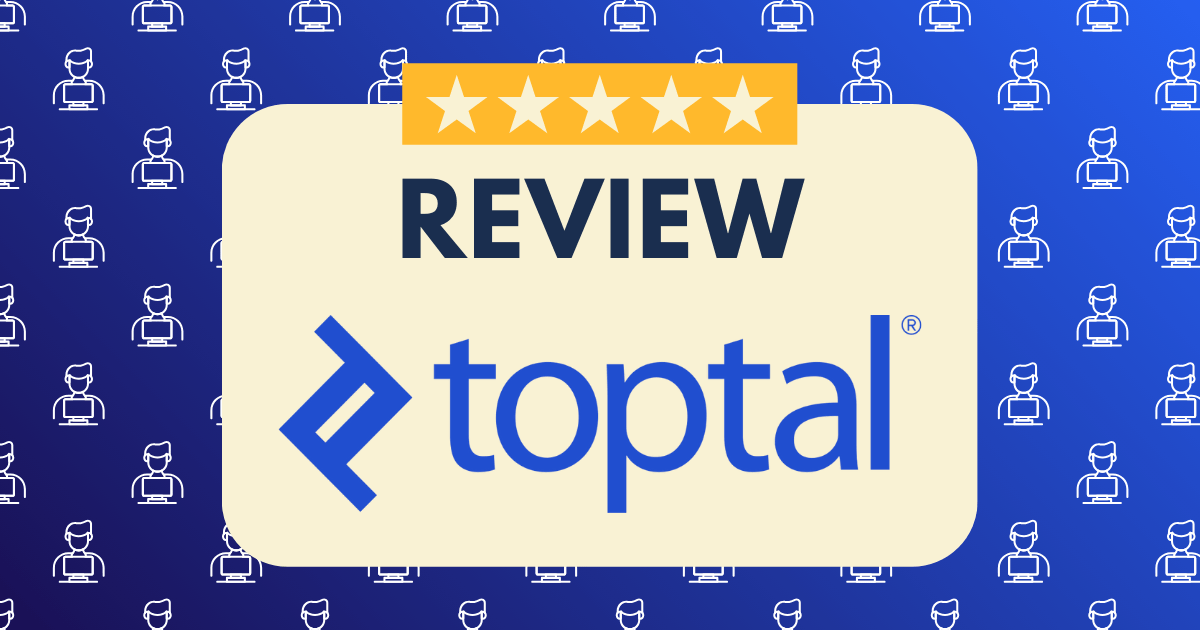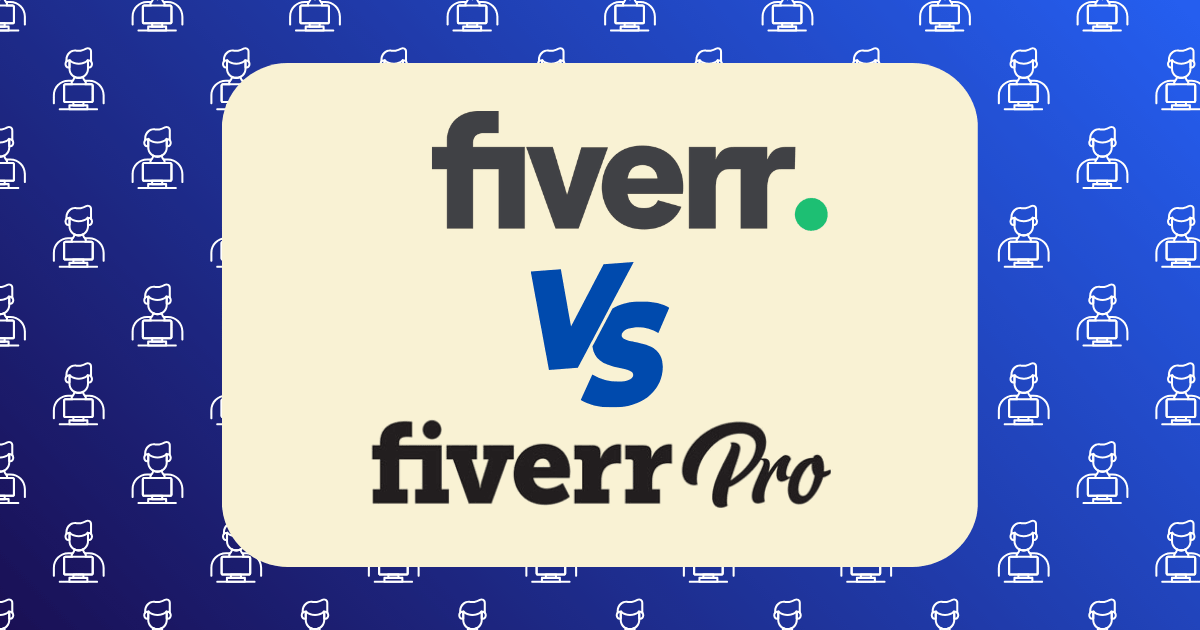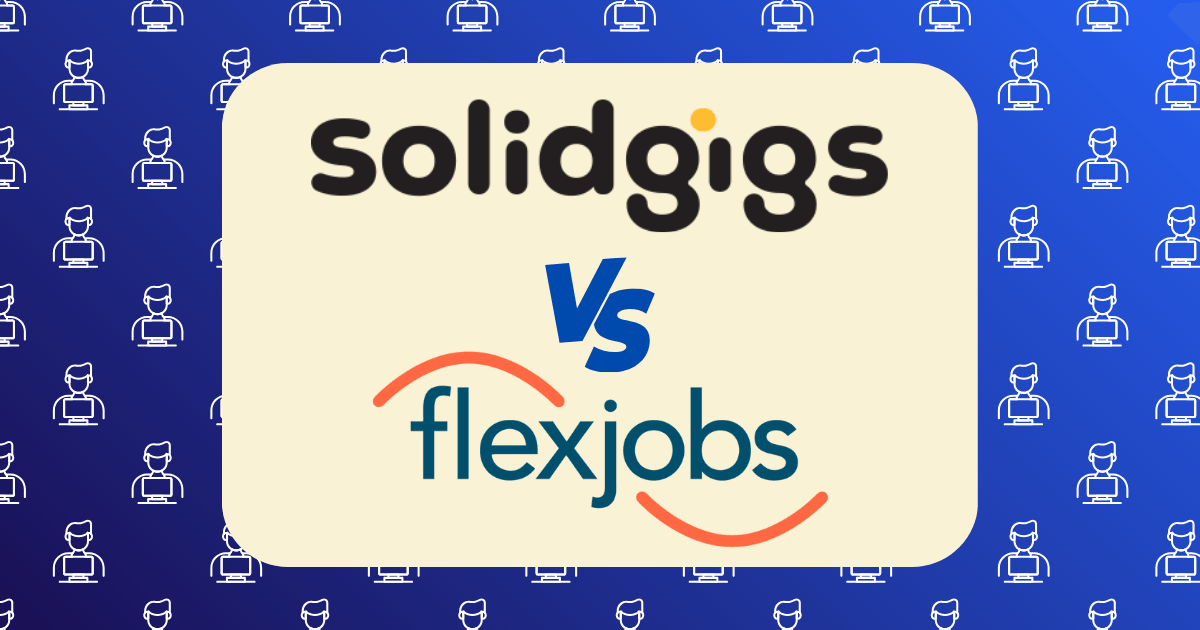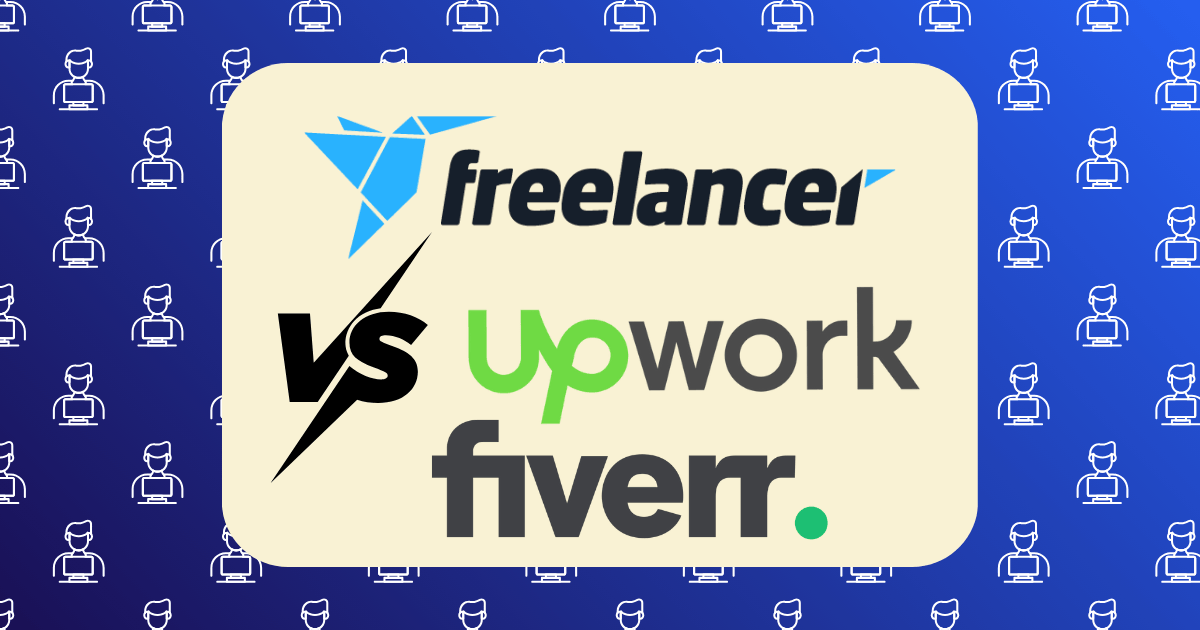Toptal Review: My 6-Month Experience After Getting Through Their ‘Impossible’ Screening Process

Six months ago, I received the email that only 3% of applicants ever see: “Congratulations on being accepted into the Toptal network.” After a grueling five-stage screening process that tested everything from my technical abilities to my communication skills, I had finally broken through the barrier that keeps 97% of applicants out of this exclusive talent network.
The question I had then—and the one I aim to answer now—is whether the platform lives up to its reputation as the elite echelon of freelancing. Is Toptal truly worth the arduous application process? Does it deliver on its promise of premium clients and rates? And most importantly, can it provide a sustainable path to financial independence for skilled professionals?
After six months and over $50,000 in completed projects, I have a comprehensive answer—one that might surprise you.
The Application Gauntlet: What It Really Takes
Before diving into my experience as a Toptal freelancer, it’s worth understanding just how selective their screening process is. According to Toptal’s own statistics, fewer than 3% of applicants make it through all five stages:
- Language and Personality Screening (26.4% pass rate) My first interview wasn’t technical at all—it focused on my communication skills, professional background, and career aspirations. The interviewer assessed not just my English proficiency but my ability to articulate complex concepts clearly.
- In-depth Skill Review (7.4% pass rate) This stage involved a comprehensive assessment of my technical abilities through a series of challenging problems. For software developers, this includes algorithmic challenges; for designers, portfolio critiques; for finance experts, case studies.
- Live Screening with Domain Experts (3.6% pass rate) Here, I faced a 90-minute live interview with a senior professional in my field who probed the depth of my expertise. The questions weren’t just about what I knew, but how I approached problems and collaborated on solutions.
- Test Projects (3.2% pass rate) Perhaps the most demanding stage, I was assigned a real-world project to complete within a tight timeframe. This wasn’t academic—it simulated actual client work and required delivering professional-quality results under pressure.
- Ongoing Excellence Verification (3% final pass rate) Even after completing the first four stages, Toptal continued evaluating my professional conduct, communication style, and reliability before giving final approval.
The entire process took me 5 weeks from application to acceptance, though according to FlexiPle, it can take anywhere from 3-8 weeks depending on your availability and response times.
Was it worth it? Let’s examine what happened after I got in.
The First 30 Days: Onboarding Reality
Contrary to what many believe, getting accepted into Toptal doesn’t guarantee immediate project offers. The platform operates on a matching system where your profile is presented to clients with relevant needs.
The Waiting Game
My first two weeks involved zero client introductions. This initial period required patience as my profile gained visibility in the Toptal system. I used this time to:
- Optimize my Toptal profile with portfolio pieces and specific expertise highlights
- Complete Toptal’s internal training on client communication best practices
- Connect with other Toptal freelancers via their community forums
First Client Match
On day 17, I received my first client introduction—a fintech startup needing expertise for a 3-month project. The process moved quickly:
- Initial client interview (45 minutes)
- Technical assessment (2-hour practical challenge)
- Final interview with the team (30 minutes)
- Offer and contract negotiation (2 days)
From introduction to project start took exactly one week. The hourly rate? $95—significantly higher than what I’d previously commanded on other platforms.
The Trial Period Reality
What many don’t realize is that Toptal offers clients a two-week trial period. This creates both opportunity and pressure for freelancers. My first project began with this trial, during which I needed to demonstrate exceptional value quickly.
I approached this by:
- Delivering results within the first few days
- Providing detailed documentation of my work
- Proactively identifying additional value opportunities
The trial converted to a full engagement, but the pressure to perform immediately was substantial.
Months 1-3: Building Momentum
Once established with my first client, the Toptal experience began to take shape. Here’s what I discovered during my first quarter:
The Financial Reality
Toptal’s compensation structure differs significantly from other platforms:
- Hourly rates: My average rate across projects was $92/hour
- Payment reliability: Bi-weekly payments, consistently on time
- Platform fees: Toptal’s cut is not disclosed to freelancers, but is built into the rate
Compared to my previous experience on Upwork (average $65/hour) and direct clients (average $75/hour), Toptal represented a 30-40% increase in my effective rate.
Project Quality
The most noticeable difference was the caliber of projects. In my first three months, I worked on:
- A financial modeling system for a Series B startup
- A data visualization dashboard for an enterprise client
- A strategic analysis project for a management consulting firm
These weren’t simple tasks but comprehensive projects with meaningful business impact. The complexity was higher, but so was the professional satisfaction and portfolio value.
Client Relationships
Toptal clients generally exhibited three characteristics:
- Professional respect: I was treated as an expert consultant, not an interchangeable resource
- Clear expectations: Projects had well-defined scopes and objectives
- Appropriate budgets: Clients understood the value of expertise and budgeted accordingly
This created a collaborative dynamic rather than the transactional relationships common on other platforms.
Months 4-6: Stabilizing and Scaling
The second quarter revealed Toptal’s long-term potential and limitations.
Project Continuity
By month four, I had established relationships with three clients:
- One long-term engagement (20 hours/week)
- Two project-based clients (combined 15-20 hours/week)
This created a stable income base of approximately $3,200-$3,500 weekly before taxes—significantly higher than my previous full-time employment.
The Network Effect
An unexpected benefit emerged around month five: internal referrals. Satisfied clients began recommending me to others within the Toptal ecosystem, creating a pipeline of opportunities without active searching.
This network effect is perhaps Toptal’s most valuable but least discussed advantage. By month six, I was declining more projects than I accepted due to capacity constraints.
Work-Life Integration
With financial stability established, I could structure my work more intentionally:
- Core working hours: 9am-3pm
- Communication windows: 8-9am and 3-4pm
- Protected time: Evenings and weekends
This level of autonomy, combined with premium rates, created a sustainable professional lifestyle that would be difficult to achieve in traditional employment.
The Psychological Impact: Freedom and Pressure
Beyond the practical aspects, working through Toptal created a distinct psychological experience characterized by two opposing forces:
Professional Freedom
The financial efficiency of Toptal engagements—earning more while working fewer hours—created genuine autonomy. This manifested as:
- Geographic flexibility (I worked from three different countries during this period)
- Schedule control (structuring work around life rather than vice versa)
- Project selectivity (choosing engagements aligned with my interests)
This freedom represents the ultimate promise of freelancing that many platforms fail to deliver.
Performance Pressure
Counterbalancing this freedom is the constant awareness of Toptal’s quality expectations. The platform actively monitors client satisfaction, and maintaining “top 3%” status requires:
- Consistent excellence in deliverables
- Responsive communication (typically within hours, not days)
- Proactive problem-solving and value addition
This pressure can be substantial, especially during intensive project phases. The platform’s exclusivity is maintained not just at entry but throughout your tenure.
The Financial Analysis: Is Toptal Worth It?
Let’s examine the numbers from my first six months:
Income Breakdown
- Gross billings: $53,760
- Hours worked: 584 (average 24.3 hours/week)
- Effective hourly rate: $92.05
- Monthly average income: $8,960
Comparative Analysis
- Previous full-time salary: $7,500/month (for 40+ hours/week)
- Effective hourly increase: 107% (compared to salaried position)
- Work hours reduction: 39% (compared to full-time)
The financial case is compelling: nearly double the hourly compensation for significantly fewer working hours.
Hidden Costs and Benefits
However, this analysis must account for:
Costs:
- Self-employment taxes (approximately 15.3% in the U.S.)
- Health insurance and benefits (previously employer-provided)
- Business expenses (equipment, software, workspace)
Benefits:
- Tax deductions for business expenses
- Geographic arbitrage opportunities (working from lower-cost locations)
- Professional development through diverse projects
When these factors are considered, Toptal still provides a substantial financial advantage for professionals who can pass their screening process.
The Toptal Client Perspective
Understanding the client side of Toptal helps freelancers maximize their success on the platform. Based on conversations with my clients, here’s what motivates businesses to use Toptal despite its premium pricing:
Risk Mitigation
Clients repeatedly mentioned that Toptal’s rigorous screening reduces the risk of hiring underqualified freelancers. For projects with significant business impact, this risk reduction justifies the higher rates.
Time Efficiency
The typical hiring process for specialized talent can take weeks or months. Toptal’s pre-vetted network allows clients to find and engage qualified professionals within days, accelerating project timelines.
Flexibility Without Compromise
Many clients need specialized expertise for specific initiatives without committing to full-time hires. Toptal allows them to access top-tier talent without long-term employment obligations.
Understanding these motivations helps freelancers position their services more effectively within the Toptal ecosystem.
The Limitations: What Toptal Doesn’t Solve
Despite its advantages, Toptal isn’t perfect. Here are the limitations I’ve encountered:
Project Consistency
While my experience has been positive, conversations with other Toptal freelancers reveal that work consistency can vary significantly based on:
- Specialization area (software development tends to have more opportunities than other fields)
- Experience level (more senior freelancers typically receive more matches)
- Availability (those with full-time availability often secure more projects)
Platform Dependency
Working exclusively through Toptal creates dependency on their matching system and client relationships. Unlike direct client relationships, you don’t “own” the client connection, which creates potential vulnerability.
Career Development
While Toptal projects are typically high-quality, the platform doesn’t inherently provide a career progression path. Professional growth remains self-directed, requiring intentional skill development and portfolio building.
Strategies for Toptal Success
Based on my experience, here are the approaches that yield the best results on the platform:
1. Specialization Over Generalization
Toptal clients seek specific expertise, not general capabilities. Positioning yourself as a specialist in a well-defined area significantly increases match frequency and rate potential.
2. Responsiveness Prioritization
Quick, thoughtful responses to client inquiries dramatically increase conversion rates. I aim to respond to all communications within 2-3 hours during business hours, which clients consistently mention as a differentiator.
3. Value Articulation
Successful Toptal freelancers don’t just deliver tasks—they articulate the business value of their work. Connecting deliverables to client objectives creates perceived value that justifies premium rates.
4. Relationship Investment
While Toptal is a platform, success comes from treating each engagement as a direct client relationship. Investing in understanding client businesses beyond immediate project needs leads to extensions and referrals.
5. Community Engagement
Participating in Toptal’s internal community creates visibility with both platform managers and other freelancers, leading to internal referrals and knowledge exchange.
Is Toptal Right for You?
After six months, I can confidently say that Toptal delivers on its core promise: connecting skilled professionals with quality clients at premium rates. However, it’s not for everyone.
Consider Toptal if:
- You have demonstrable expertise in a high-demand field
- You value quality projects over work volume
- You’re willing to invest in a rigorous application process
- You can consistently deliver exceptional results
- You’re comfortable with the performance expectations of premium clients
Look elsewhere if:
- You’re early in your professional journey
- You need immediate project starts
- You prefer high volume, lower complexity work
- You’re unwilling or unable to commit to responsive communication
- You value complete client ownership over platform benefits
The Verdict: Six Months Later
Is Toptal worth the “impossible” screening process? For me, unequivocally yes. The platform has delivered:
- Financial upside: 107% increase in effective hourly rate
- Professional quality: Engaging, complex projects with respected organizations
- Lifestyle benefits: Reduced working hours with increased income
- Network value: Connections to high-caliber clients and professionals
The screening gauntlet, while demanding, serves as an effective filter that creates value for those who make it through. It’s not merely exclusivity for its own sake but a mechanism that enables the premium ecosystem Toptal promises.
Six months in, I’m continuing to build my presence on the platform while exploring ways to leverage this experience into broader professional opportunities. For skilled professionals seeking to maximize their earning potential while maintaining autonomy, Toptal represents one of the most efficient paths available in today’s digital economy.







